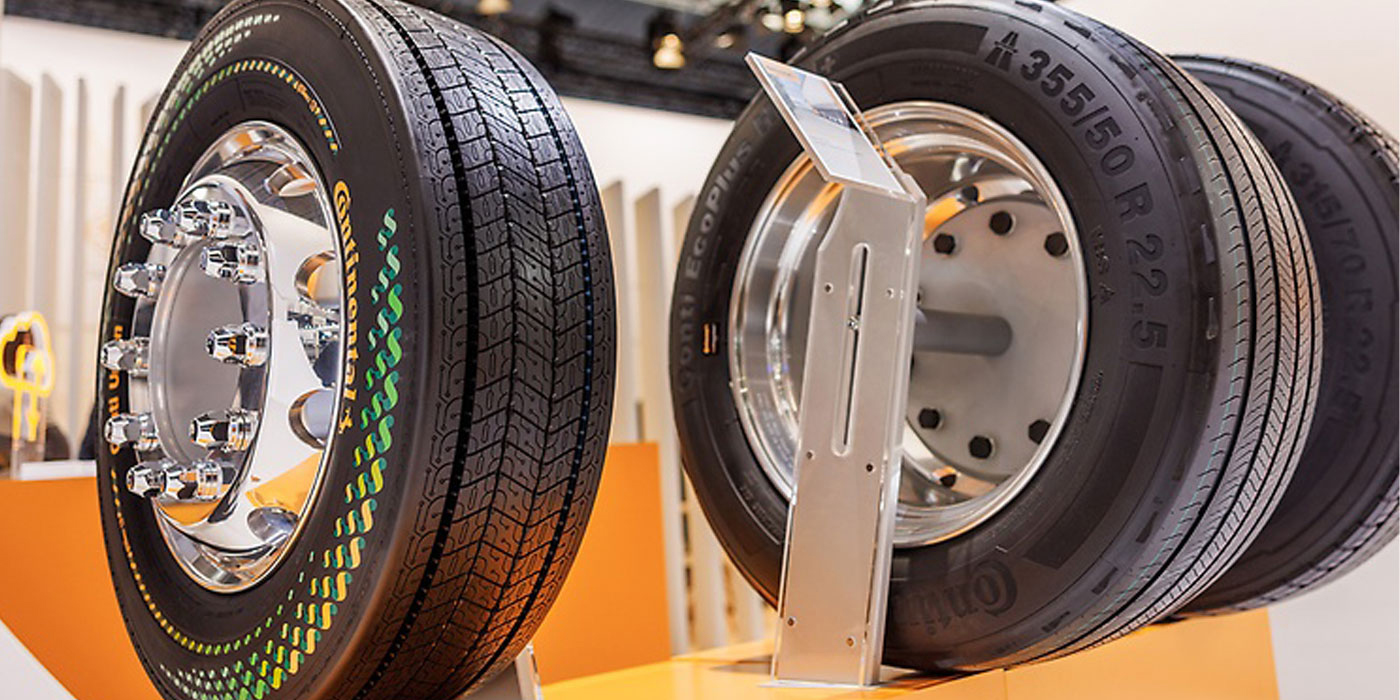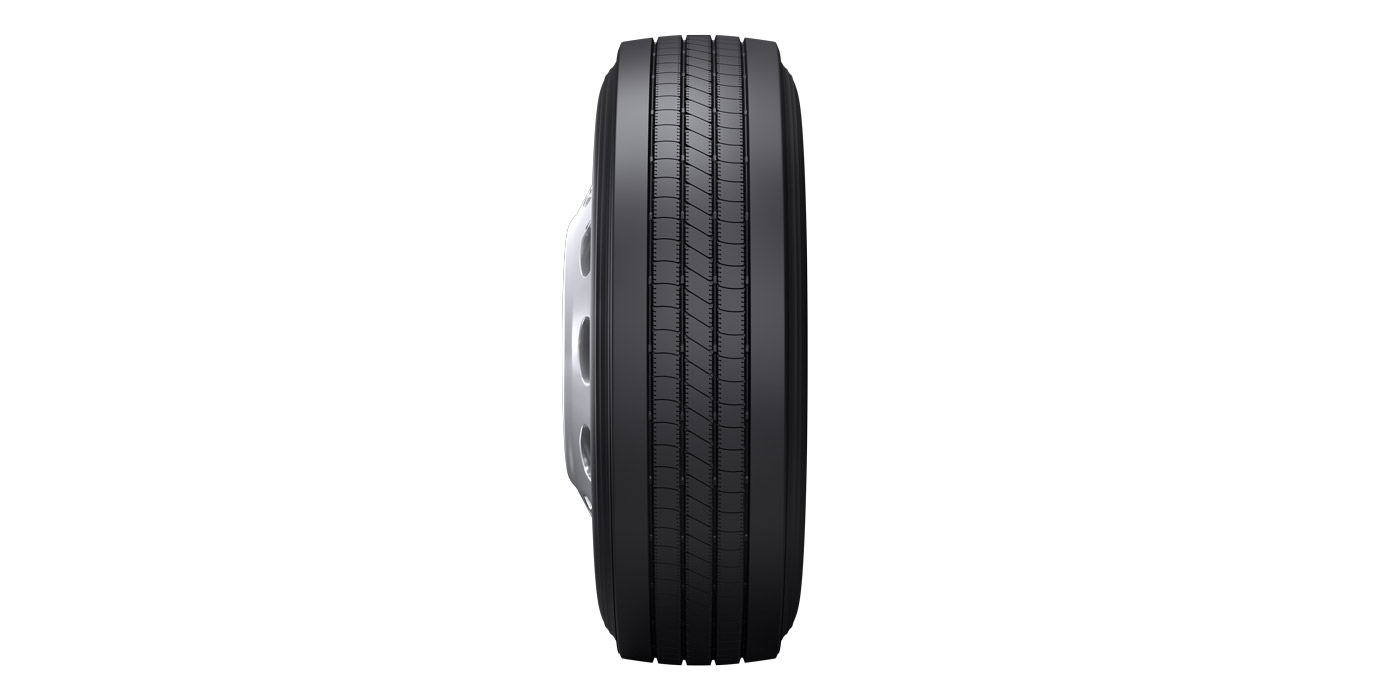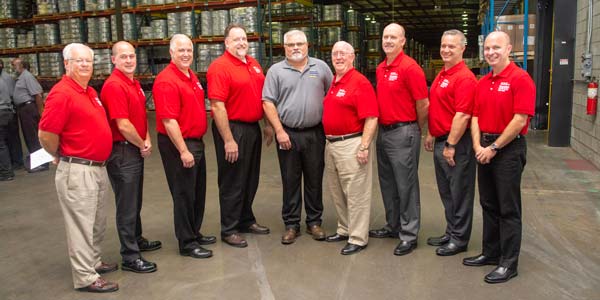Retreading Smaller Tires
The popularity of radial commercial light truck tires has increased dramatically
in the last several years – especially in Classes 3-5. The most popular sizes have 16- to 19.5-inch wheel diameters and differ from their traditional light-duty or recreational service counterparts by having design features and materials commonly found in larger commercial Class 6-8 radials.
These smaller heavy-duty tires are designed to deliver long original tread life and are able to be retreaded multiple times. They are generally constructed with heavier sidewall and shoulder areas and utilize steel body plies instead of the fabric materials typically found in the light duty consumer models.
The up-front price premium, however, can result in significantly lower lifecycle costs, provided that good maintenance and retreading are integral parts of the tire program. If your commercial light truck tire customers are interested in retreads, here are a few things to consider when looking for a quality source.
Retreading, of course, is firmly established and widely used on the larger tires. The RMA reports that about 50% of all replacement medium truck tires sold in in 2002 were retreads. Consider also that approximately 75% to 80% of all commercial aircraft use retreads.
Light-duty truck applications that benefit the most from more robust tires are those that accumulate high mileage and have frequent stop-start duty cycles. In short, service requirements that tend to wear out tires rapidly. Cost- and reliability-conscious package delivery service providers – notably UPS and FedEx ®“ are generally credited with pushing the development of these tires.
Front-End Maintenance
Many other commercial users of Class 3-5 trucks can now benefit from the cost saving features of retreading, provided good maintenance practices and retread programs are in place.
Frequent scheduled inflation checks, visual treadwear monitoring to assure timely removal, and professional-quality repairs are the cornerstones of any commercial tire maintenance program. All are necessary to protect the basic tire casing for future retreading, and to avoid unscheduled downtime. Tiremaker-trained field engineers and technicians are excellent sources of information and program guidelines.
Successful retread programs are a bit more complex and, if you’re not familiar with this end of the business, experienced peers are often helpful – especially if they have managed programs for larger radial tires.
The single-most important step in retreading is a complete casing inspection prior to actual retread processing. A variety of non-destructive tests are available to identify problems such as punctures and internal damage. Also, casings that are damaged beyond repair or are overage can be culled out before any additional investment is made.
Great progress has been made in technology to detect casing abuse due to overloading or underinflation during prior service life so that retread problems due to casing failure (vs. retread failure) can be minimized.
Specialized Equipment
One should also consider the need for equipment and materials specifically tailored to retreading smaller size tires. In service, these tires typically experience a high frequency of severe wheel cut angles. Therefore, tread compounds that will resist high abrasion scuff angles, heavy braking forces, and the high acceleration torque generated by modern diesels and short axle ratios are required.
Also, robust and simple tread patterns are generally preferred. The elaborate decoupling grooves and rib siping designs typical of modern line haul steer tires are not applicable here.
Another important consideration is the selection of specific retread suppliers. Established reputations for high quality products and service are good starting points. Contact with other satisfied customers of the shops being considered is encouraged.
Finally, an unannounced tour of the facility where tires will be processed can be enlightening and help in the final selection decision. Detailed discussions should include warranty responsibility, especially in the gray area of casing vs. retread problems.
In summary, the requirements for successful retreading of new generation commercial light truck tires are very similar to those for larger truck tires. A main difference is confirming the retread provider has the needed equipment and material sources to process smaller sizes and that they can provide the specific tread rubber sizes, compounds and pattern designs unique to these applications.













